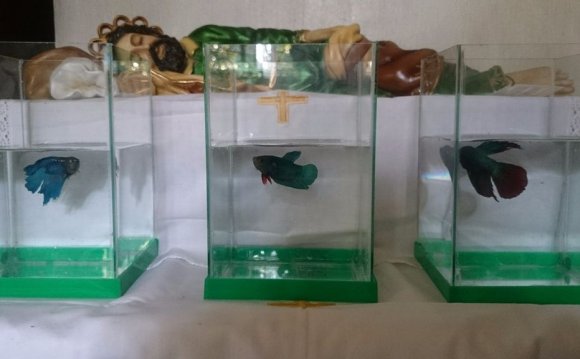
You have several choices: tap water, water from another tank, Reverse Osmosis or De-Ionized purified water, softened water, bottled water, rain water, or collected water.
Tap Water
The easiest and most obvious - and usually the cheapest - is to use tap water. Tap water is available to almost anyone keeping an aquarium, and is almost always going to be fine for your fish. However, you do need to be aware that if your tap water is from a municipal water supply, or if you have a holding tank for your water supply, you probably have chlorinated water, and you will need to use a dechlorinator or a chloramine remover to make the water safe for your aquarium, depending on which compound is used in your water system.
Water from Another Aquarium
Water from another aquarium is another possibility. This can sometimes be helpful when setting up a new tank, but it has many drawbacks. If you do not know the history of the tank and what the water conditions really are in this tank, this can pose a risk of disease or chemical toxicity to your fish. This is especially true of water from tanks in pet stores where rapid turn-over of fish can introduce a disease into the water with no opportunity for the store employees to detect the disease. Additionally, the benefits that presents to the cycling process are minimal. Between the risks of this behavior and the minimal benefits, this is not recommended. The exception to this is when moving a used tank, where taking as much of the water from that tank as possible dramatically helps the biological filter get restarted, if the filter was live and operational before moving the used tank.









